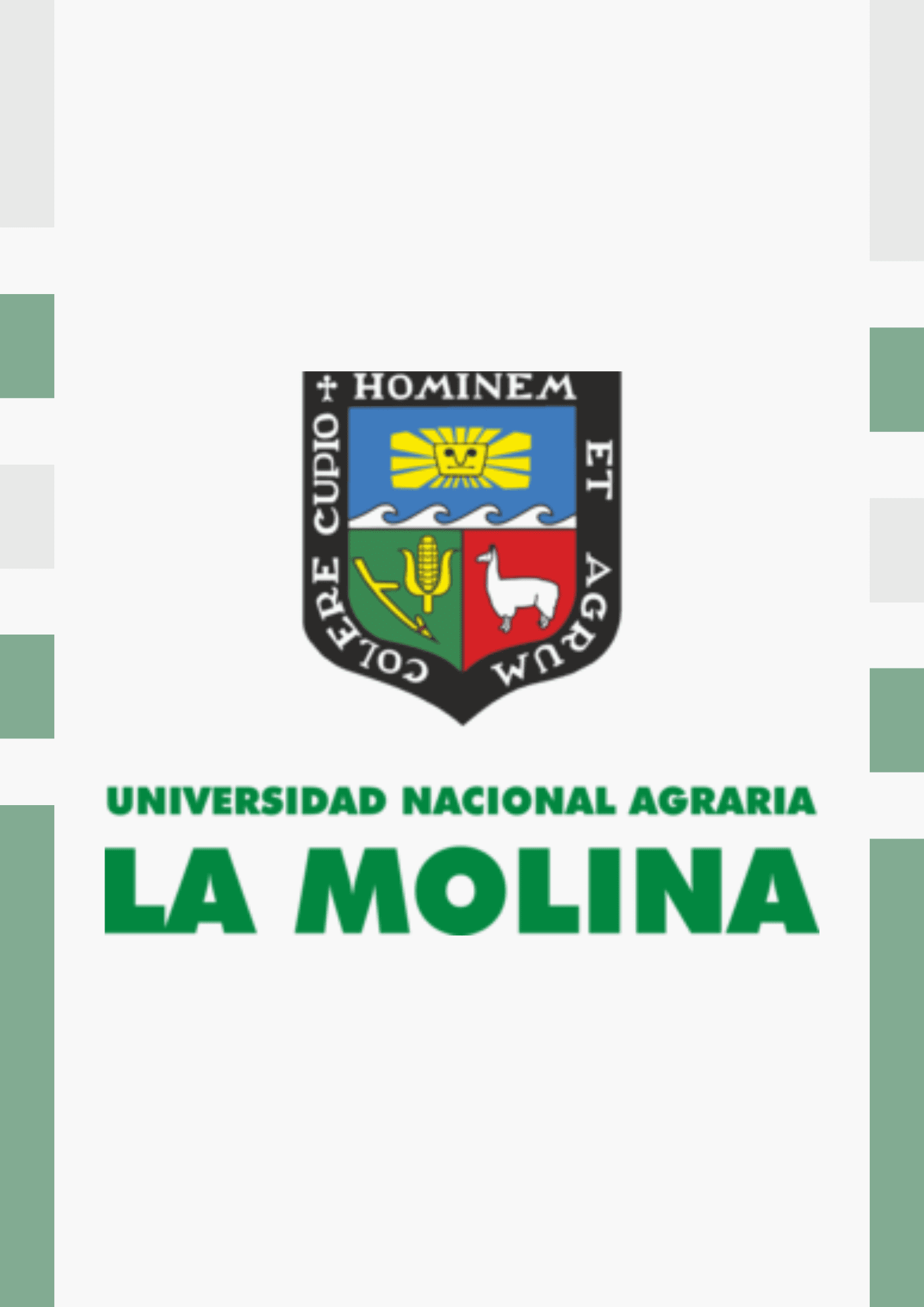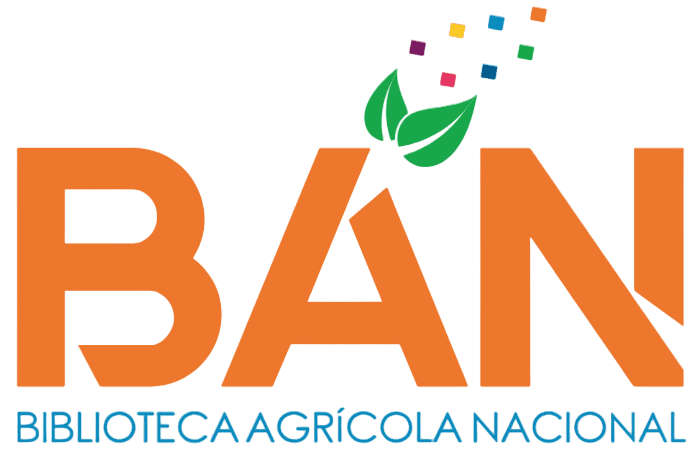Implementación del estándar Darwin Core en la colección de artrópodos del Instituto del Mar del Perú y su distribución espacial
| dc.contributor.advisor | López Cabanillas, Haydeé Felicita | |
| dc.contributor.author | Fabián Llantoy, Ruddy Gianella | |
| dc.date.accessioned | 2025-07-16T19:55:46Z | |
| dc.date.available | 2025-07-16T19:55:46Z | |
| dc.date.issued | 2025 | |
| dc.description | Universidad Nacional Agraria La Molina. Facultad de Pesquería. Departamento Académico de Manejo Pesquero y Medio Ambiente | |
| dc.description.abstract | El objetivo principal de este estudio fue implementar el estándar Darwin Core (DwC) en la Colección Científica de Artrópodos del Instituto del Mar del Perú (IMARPE), que comprende registros desde 1952 hasta 2024, para mejorar su manejo y facilitar el análisis de la distribución espacial de los especímenes. La investigación se llevó a cabo sobre una base de datos conformada por 1,635 registros, que incluyen información correspondiente a 39 elementos del estándar Darwin Core. La implementación se desarrolló en dos fases: primero, el diseño de una base de datos estructurada según los lineamientos de DwC y, segundo, la adecuación de los datos preexistentes, junto con la incorporación de nuevos registros. Para el análisis espacial de la distribución de los especímenes, se utilizó la herramienta ArcGIS 10.8, permitiendo una representación geográfica precisa de la colección. La implementación del estándar DwC permitió optimizar la gestión de la base de datos de la Colección científica de artrópodos del IMARPE. El análisis cualitativo y cuantitativo evidenció que la clase Malacostraca es la más representada en la colección (61.54% del total de los lotes), con Decapoda representando el 68.18% dentro de esta clase. En cuanto a la distribución geográfica, se identificaron áreas con vacíos de información, como el 43.3% de las Áreas Naturales Protegidas (ANPs), mientras que Paracas y el Islote Grupo de Pescadores destacaron por concentrar la mayor cantidad de registros. Los hallazgos obtenidos a partir de la implementación del estándar Darwin Core evidenciaron inconsistencias en los registros (como campos incompletos y nombres taxonómicos desactualizados), así como vacíos espaciales y temporales en la distribución de los especímenes. Estos resultados destacan la necesidad de estandarizar y actualizar las bases de datos biológicas para optimizar la gestión de colecciones científicas y fortalecer el conocimiento sobre la biodiversidad marina en el Perú. | |
| dc.description.abstract | The main objective of this study was to implement the Darwin Core (DwC) standard in the Arthropod Scientific Collection of the Instituto del Mar a del Peru (IMARPE), which includes records from 1952 to 2024, to improve its management and facilitate the spatial distribution analysis of the specimens. The research was conducted on a database consisting of 1,635 records, which include information corresponding to 39 elements of the DwC standard. The implementation was carried out in two phases: first, the design of a database structured according to DwC guidelines, and second, the adaptation of pre-existing data, along with the incorporation of new records. For the spatial analysis of the specimens' distribution, ArcGIS 10.8 was used, allowing a precise geographic representation of the collection. The implementation of the Darwin Core (DwC) standard enabled the optimization of the database management for the IMARPE Scientific Collection of Arthropods. Qualitative and quantitative analyses revealed that the class Malacostraca is the most represented in the collection (61.54% of all lots), with Decapoda accounting for 68.18% within this class. Regarding geographic distribution, data gaps were identified in several areas, including 43.3% of the Natural Protected Areas (NPAs), while Paracas and the Islote Grupo de Pescadores stood out for concentrating the highest number of records. The findings derived from the implementation of the Darwin Core standard revealed inconsistencies in the records (such as incomplete fields and outdated taxonomic names), as well as spatial and temporal gaps in the distribution of specimens. These results highlight the need to standardize and update biological databases in order to optimize the management of scientific collections and strengthen knowledge of marine biodiversity in Peru. | |
| dc.format | application/pdf | |
| dc.identifier.uri | https://hdl.handle.net/20.500.12996/7198 | |
| dc.language.iso | spa | |
| dc.publisher | Universidad Nacional Agraria La Molina | |
| dc.publisher.country | PE | |
| dc.rights | info:eu-repo/semantics/openAccess | |
| dc.rights.uri | https://creativecommons.org/licenses/by-nc/4.0/ | |
| dc.subject | Colección de artrópodos | |
| dc.subject.ocde | https://purl.org/pe-repo/ocde/ford#4.01.08 | |
| dc.title | Implementación del estándar Darwin Core en la colección de artrópodos del Instituto del Mar del Perú y su distribución espacial | |
| dc.type | info:eu-repo/semantics/bachelorThesis | |
| dc.type.version | info:eu-repo/semantics/publishedVersion | |
| renati.advisor.dni | 40666333 | |
| renati.advisor.orcid | https://orcid.org/0000-0001-7996-7932 | |
| renati.author.dni | 47534410 | |
| renati.discipline | 831086 | |
| renati.juror | Gonzales Fernández, Julio Gregorio | |
| renati.juror | Miglio Toledo, María Cristina | |
| renati.juror | Cueto Vega, Rosa | |
| renati.level | https://purl.org/pe-repo/renati/level#tituloProfesional | |
| renati.type | https://purl.org/pe-repo/renati/type#trabajoDeSuficienciaProfesional | |
| thesis.degree.discipline | Pesquería | |
| thesis.degree.grantor | Universidad Nacional Agraria La Molina. Facultad de Pesquería | |
| thesis.degree.name | Ingeniero Pesquero |
Files
Original bundle
1 - 3 of 3
Loading...
- Name:
- fabian-llantoy-ruddy-gianella.pdf
- Size:
- 2.85 MB
- Format:
- Adobe Portable Document Format
- Description:
- Texto completo

- Name:
- turnitin.pdf
- Size:
- 2.89 MB
- Format:
- Adobe Portable Document Format
- Description:
- Informe originalidad

- Name:
- Anexo 9.pdf
- Size:
- 759.02 KB
- Format:
- Adobe Portable Document Format
- Description:
- Autorización
License bundle
1 - 1 of 1

- Name:
- license.txt
- Size:
- 1.63 KB
- Format:
- Item-specific license agreed upon to submission
- Description:

